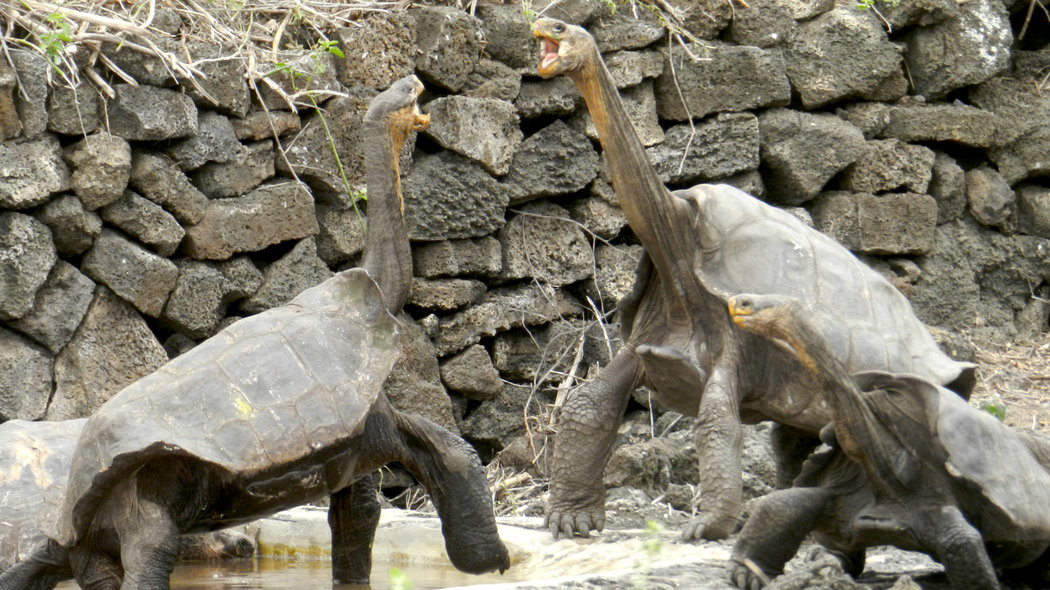The dodo is dead. The passenger pigeon has passed on. But Lonesome George, the iconic Galápagos tortoise whose death marked the end of his species, is in post-mortem luck.
A scientific expedition has discovered some of his close blood relations alive and well. With careful breeding, biologists now hope to revive George’s species and reintroduce the tortoises to the island on which they evolved.
It would be a signal achievement in a place that gave rise to our understanding of evolution and speciation.
Originally there were at least eight species of Galápagos tortoise, scientists now believe. (One was discovered only this year.) At least three species are now extinct, including tortoises on Pinta Island. The last one, George, was discovered wandering alone in 1972 and taken into loving custody. His death, in 2012 at more than 100 years old, was a powerful reminder of the havoc visited by humans on delicate ecosystems worldwide over the last two centuries.
More than a century ago, it turns out, sailors dumped saddlebacked tortoises they did not need into Banks Bay, near Wolf Volcano on Isabela Island. Luckily, tortoises can extend their necks above water and float on their backs. Many of them made it to shore, lumbered across the lava fields and interbred with Isabela’s native domed tortoises.
Tortoises can live for more than 150 years, so some of them may well be George’s immediate next of kin.
Last month, scientists went back to find them. Their plan was to capture and separate tortoises with high levels of Pinta and Floreana DNA, and then breed animals that are genetically closest to the original species.
In all, the expedition discovered more than 100 giant tortoises that share George’s distinctive saddleback shape. When a team captured a tortoise with an ideal saddleback, they called the expedition’s ship, anchored in Banks Bay. A helicopter then fetched the animal in a cargo net.

